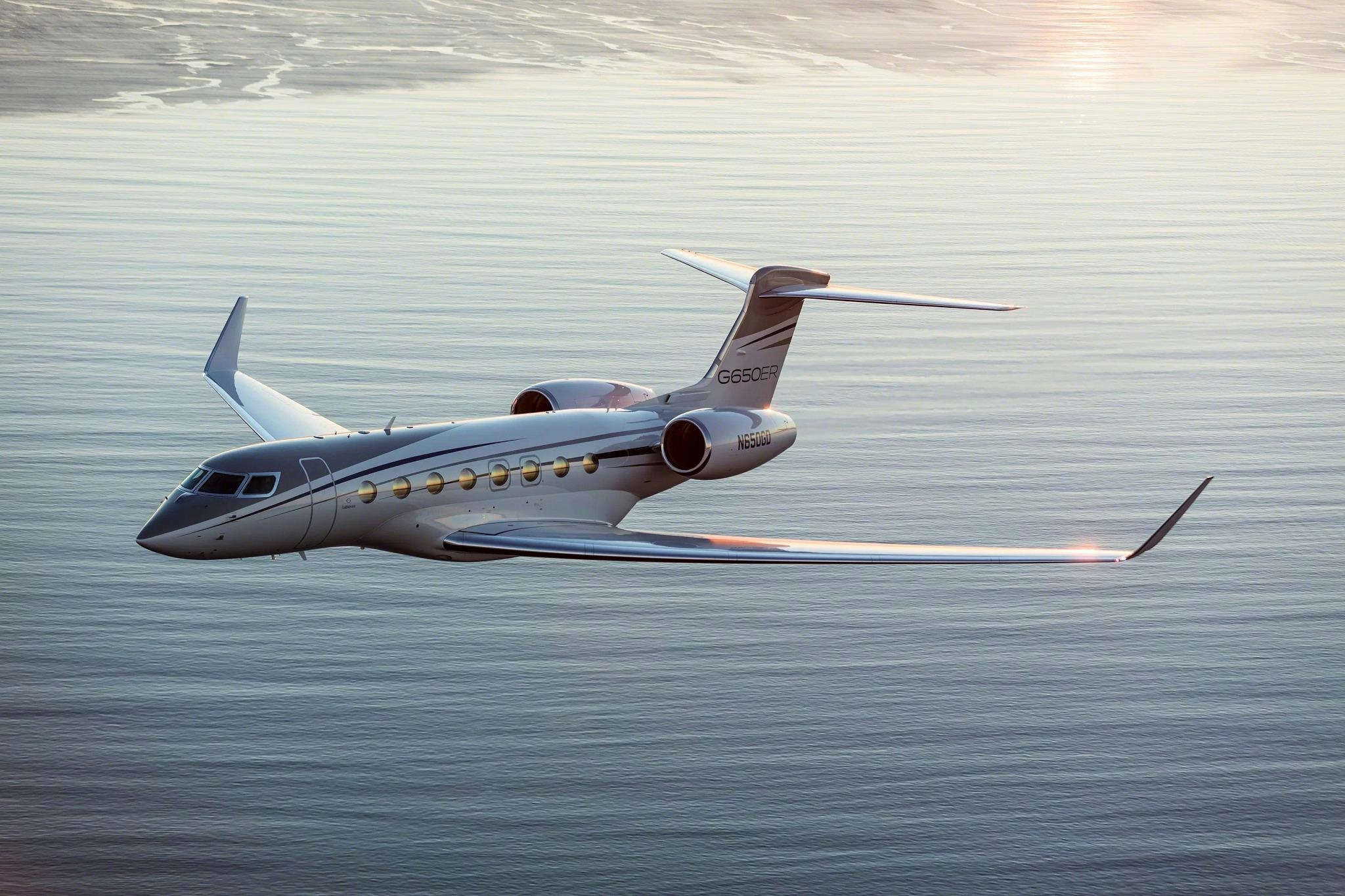
AeroGenie — Votre copilote intelligent.
Tendances
Categories
NASA's X-59 Jet Aims for Quiet Supersonic Flight at Mach 1.4
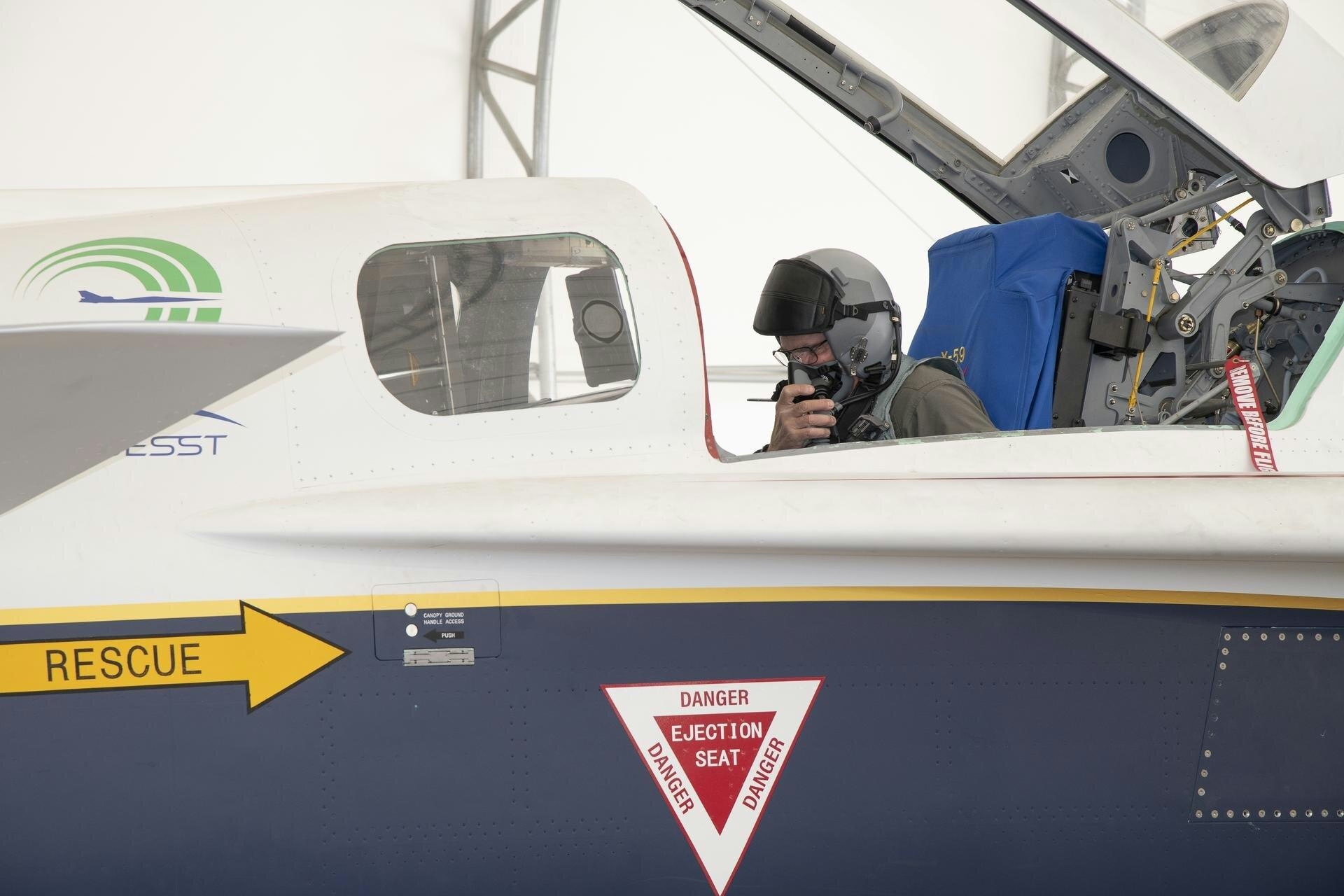
NASA's X-59 Jet Aims for Quiet Supersonic Flight at Mach 1.4
Advancing Quieter Supersonic Technology
NASA’s X-59 experimental jet has reached a significant milestone by achieving speeds of Mach 1.4, marking a notable advancement in the pursuit of quieter supersonic flight. Developed under NASA’s Quesst mission, the X-59 is designed to drastically reduce the loud sonic boom traditionally associated with breaking the sound barrier. This innovation holds the potential to transform commercial aviation by enabling faster travel without the disruptive noise that has long limited supersonic flights over land.
Recent test flights of the X-59 have demonstrated promising progress toward this goal. By minimizing the noise footprint, NASA aims to overcome one of the primary obstacles that have prevented the widespread adoption of supersonic passenger flights since the 1970s. The success of these tests could signal a new chapter in aviation, where supersonic travel becomes both practical and community-friendly.
Regulatory and Market Challenges
Despite the technological strides, significant challenges remain before the X-59 can enter commercial service. The U.S. Federal Aviation Administration (FAA) has enforced a ban on supersonic flight over land since 1973 due to concerns about noise pollution. For NASA’s quiet boom technology to gain regulatory approval, it must provide compelling evidence that the X-59 operates within acceptable noise limits. Navigating these regulatory hurdles will be essential for the future viability of supersonic travel.
If NASA’s efforts prove successful, the market response is expected to be favorable. A quieter supersonic jet could reignite interest in high-speed air travel, enabling new, lucrative routes and substantially reducing transcontinental flight times. The aerospace sector is closely monitoring these developments, especially as international competitors such as China’s Comac pursue their own supersonic projects with designs aimed at further reducing sonic disturbances.
Strategic Implications for Aerospace Innovation
NASA’s work on the X-59 also reflects a broader strategic shift toward revolutionary propulsion technologies for commercial aviation. This pivot comes amid tightening budget constraints, underscoring the urgency for NASA to sustain its leadership in aerospace innovation. The advancements embodied by the X-59 represent a critical moment in aerospace engineering, with the potential to usher in a new era of efficient, quiet, and commercially viable supersonic flight—provided that both technical and regulatory challenges can be successfully addressed.
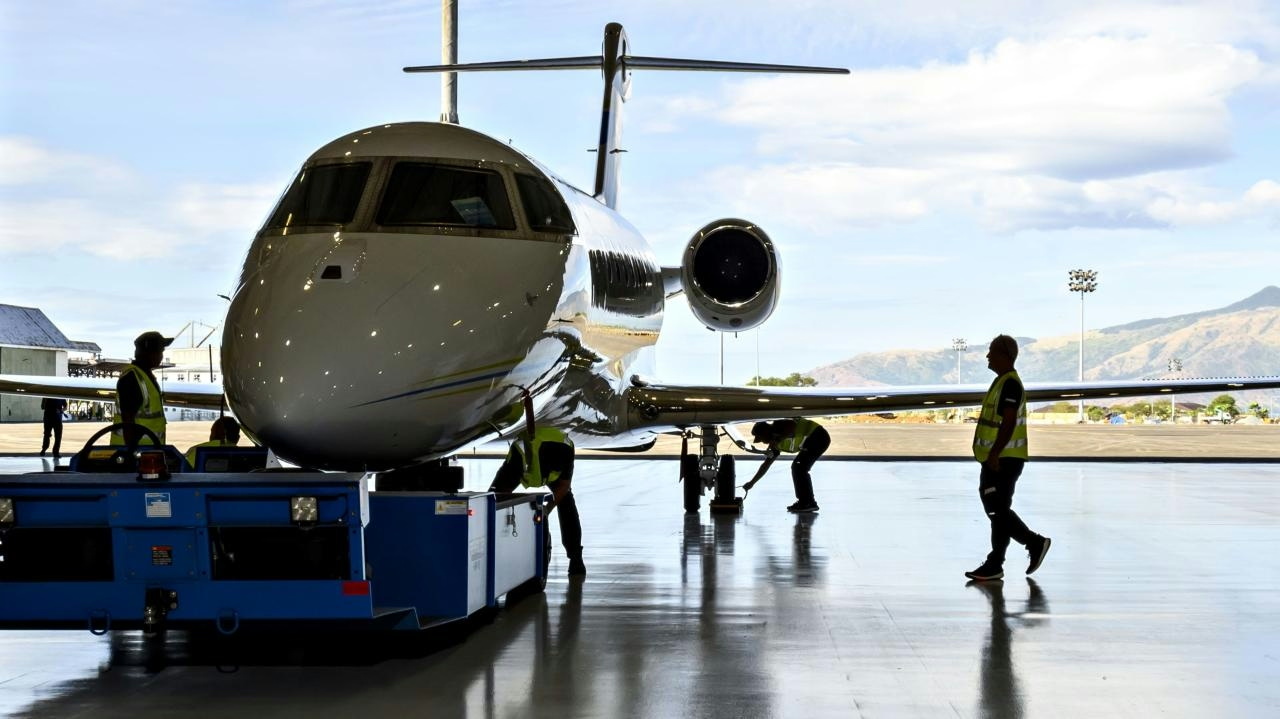
ACTSI Expands Subic MRO Facility with New Hangar
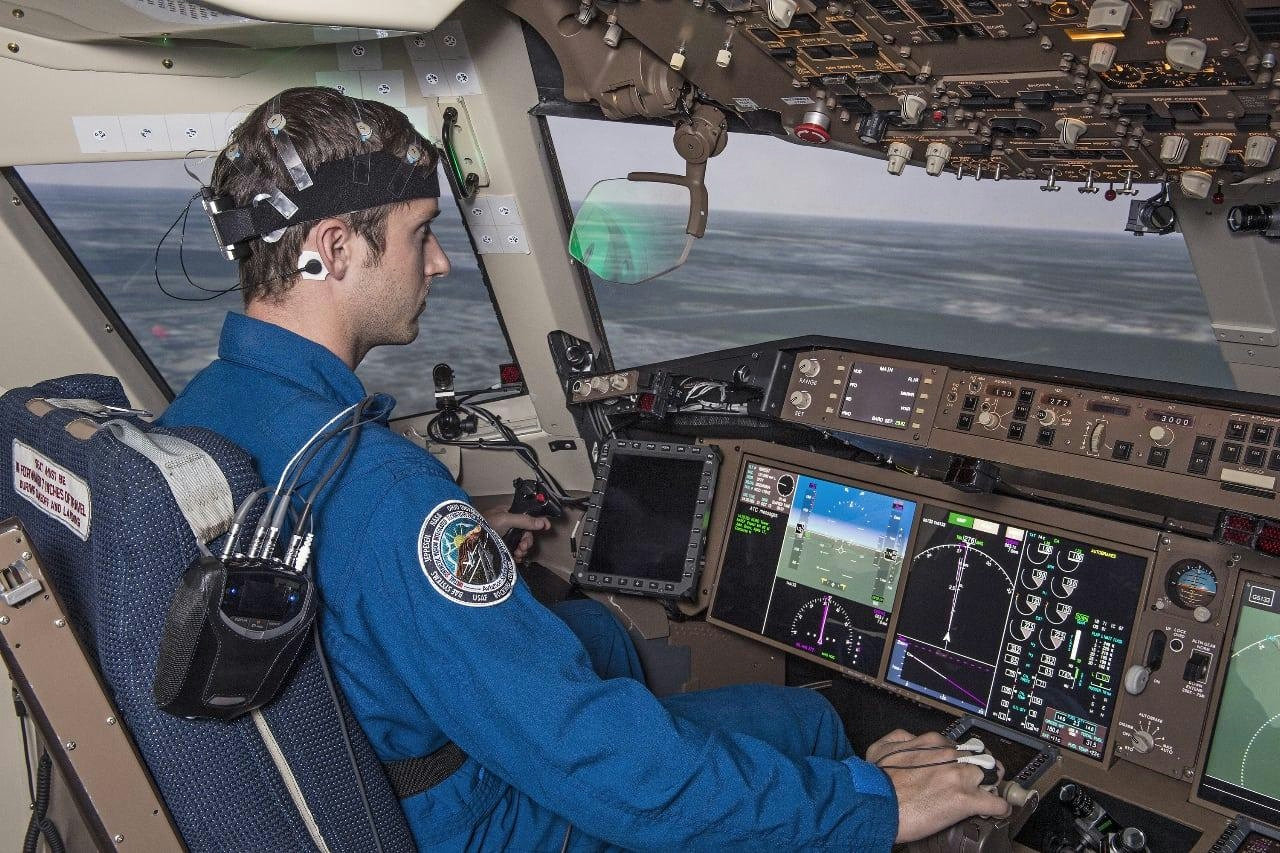
Georgia Tech and NASA Partner on Autonomous Flight Research at New Aviation Lab
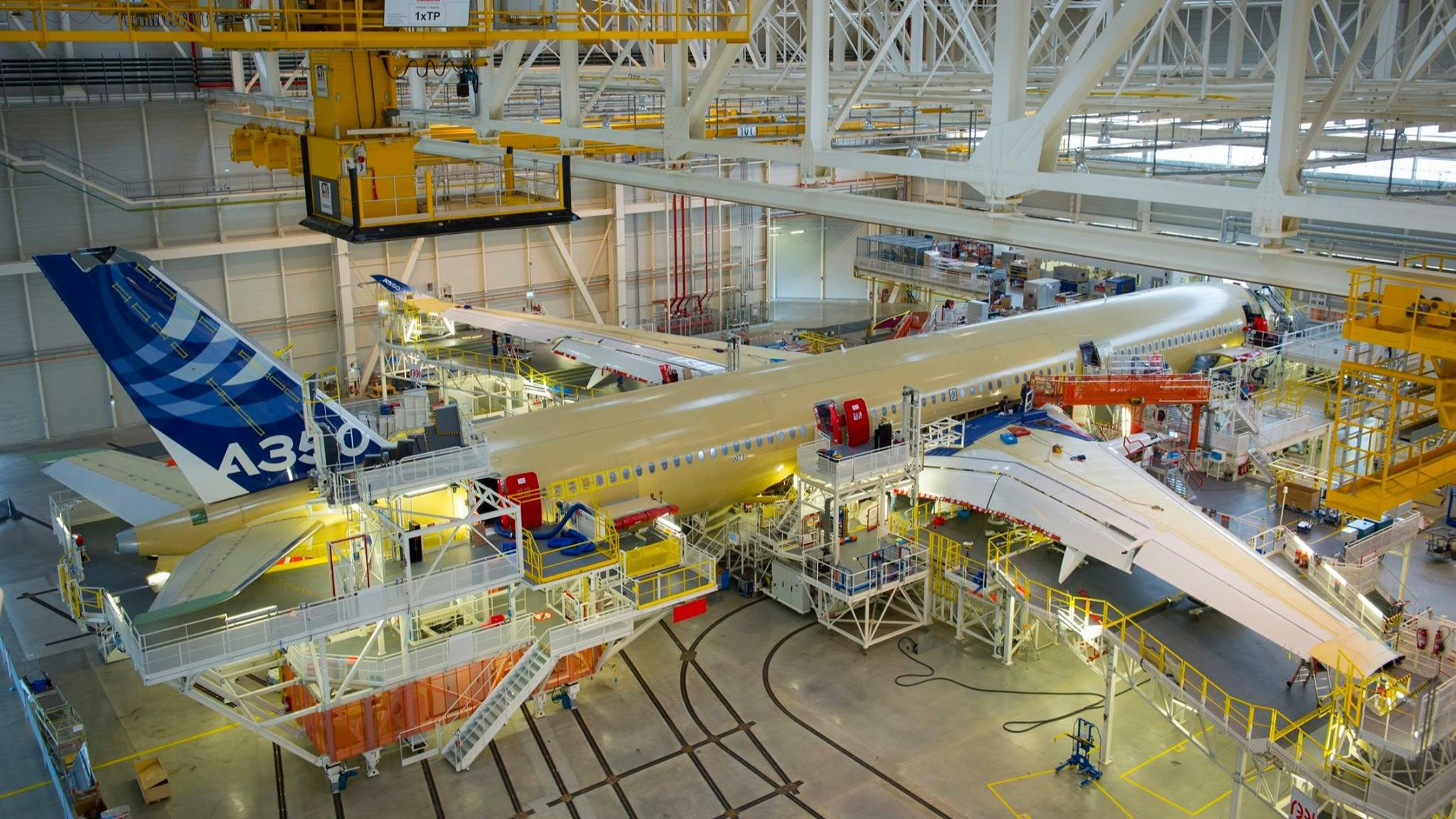
Airbus and Boeing Report September 2025 Aircraft Orders and Deliveries
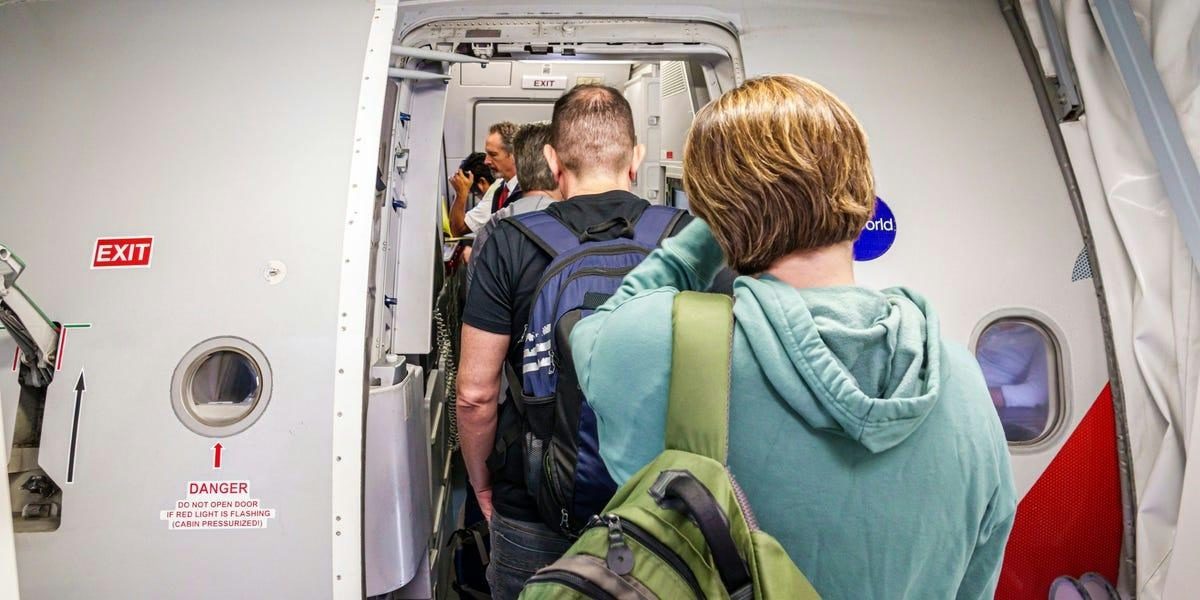
Review: American Airlines’ New AI Trip Planner Shows Promise but Needs Improvement

Archer Aviation and Game Aerospace Executives Discuss Future Technology Advances
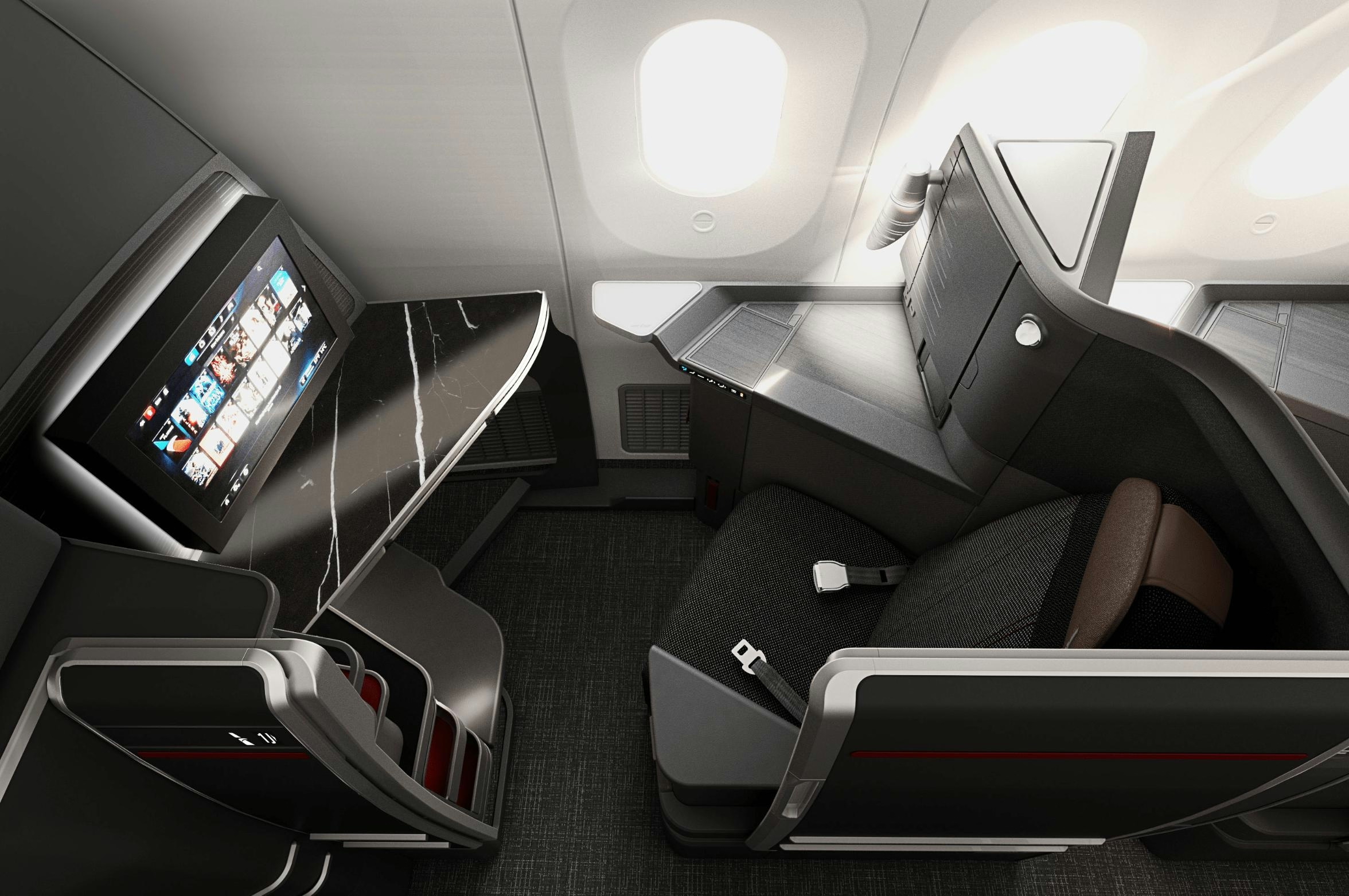
American Airlines Uses AI to Enhance Travel Experience and Support Tourism

CORRIDOR Introduces AI Operations Manager in Partnership with West Star Aviation

IATA Warns Supply Chain Issues Could Slow Airline Growth

The Economics of Dismantling a Six-Year-Old Aircraft
